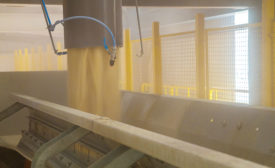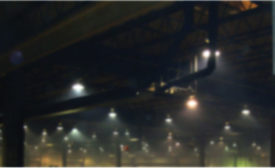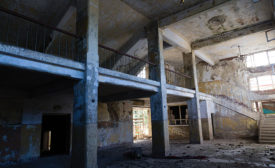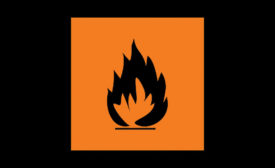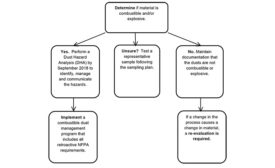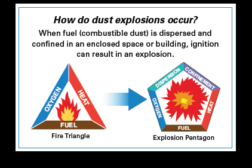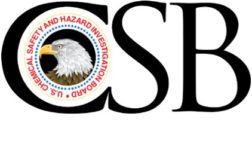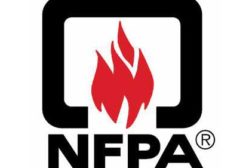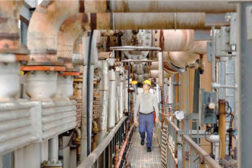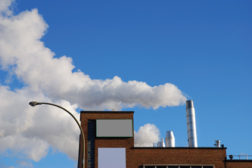Home » NFPA standards
Articles Tagged with ''NFPA standards''
2019 Top Standards- NFPA Voluntary Standards
4 warnings of welding fume problems
Check health concerns, air quality standards, fume build-up and equipment
June 1, 2018
NFPA’s new gas process safety standard goes above & beyond, says CSB
Dangerous “gas blow” procedure prohibited
November 5, 2013
Don’t be left in the dust
Monitor NFPA & ASTM standards while OSHA’s combustible dust rule sits stalled
March 6, 2013
Never miss the latest news and trends driving the safety industry
eNewsletter | Website | eMagazine
JOIN TODAYCopyright ©2024. All Rights Reserved BNP Media.
Design, CMS, Hosting & Web Development :: ePublishing
